Thoughts on the darkest stretch of winter

If you were outside at noon on Tuesday, you might have noticed that the sun was really low, and that your shadow was longer than normal. It was the Winter Solstice, a day that’s important to acknowledge (if not celebrate).
We’re all familiar with the concept. It’s the shortest day of the year. The sun rises late, and sets early. It feels like the peak or, depending on your outlook, the low point of winter. The most beloved aspect to the celestial event comes in the awareness that moving forward, the days are going to get longer.
And that idea — the imminent return of the sun — is what’s so important.
Here in Aspen, the solstice is easy to miss. It occurs at the start of the holiday crush, a time that is full of distractions. Most locals are working so much they don’t even know what day of the week it is. So it’s understandable that it passes with little fanfare.
I actually find there’s a lot to like about this time of winter. The longer nights and low angle of the sun allows our snowpack to build. It’s when our Nordic trails finally open. Up on the mountain, the snow stays wintry and soft. And it’s a time when we can bundle up and absorb the fun feeling of living in a ski town in winter.
It represents the seasonality of life in our little town. The darkness and cold counters the warmth and long days of summer. It’s part of the natural balance. The yin and yang. But deep-down I have to admit that I’m mostly OK with the short days because I know they won’t last forever.
The Winter Solstice is celebrated all around the Northern Hemisphere. Not because the shortest day of the year is so fun, but as an acknowledgment of what lies ahead— light, warmth, growth. In a seasonal sense, it’s the start a new year, the awakening from the dormancy of winter. Primitive cultures considered the solstice to be a rebirth of the sun as the amount of daylight grew.
The Scandinavians honor the time of year with St. Lucia Day. In East Asia it’s known as Donghzi. The Welsh have their Alban Arthan festival, which is thought to be the oldest seasonal festival of humankind still running. From the Middle East to Central America to remote Inuit villages, the celebrations that mark the winter solstice are akin to a planetary birthday party.
I kind of like that comparison. Our birthdays are special. They mark the start of a new year, and they always fall on the same date. But a birthday is really only significant to the individual. The solstice, on the other hand, bears significance to everyone around the world. And unlike birthdays, they doon’t lose their fun as you get older, and gifts aren’t required!
Similarly, national and religious holidays are exclusive and reserved for their members only. The solstice is a truly inclusive celebration. It’s a global holiday to honor an undisputable and non-controversial celestial event. And everyone in the Northern Hemisphere is invited. Considering the tribal world we live in today, I think that’s pretty cool.
In Aspen our winter solstice measures in at nine and a half hours of daylight: 9 hours, 27 minutes and 37 seconds to be exact.
The further north you are, the more skewed the amount of darkness and daylight becomes. If you’re in London on the solstice, the daylight hours total 7:49. In Oslo it’s only 5:54. And in Reykjavik, you’ll have just over 4 hours of daylight before the sun sets again.
The solstice marks the official start of the winter season on the calendar. But that’s actually misleading. In reality, the date is more like the “hump day” of winter, similar to a Wednesday in a five-day work week.
Once you’re over the Wednesday hump, the weekend is in sight. Similarly, when we get past the winter solstice, the days are getting longer and summer actually starts to feel within reach.
At least it seems that way. But don’t dig out the flip flops from the closet just yet. There are a few interesting facts that you should know first.
While the days are getting longer, the amount of daylight added each day right now is almost imperceptible. We remain in a period of short days for quite a while. It takes an entire month before we see just 30 minutes of extra daylight.
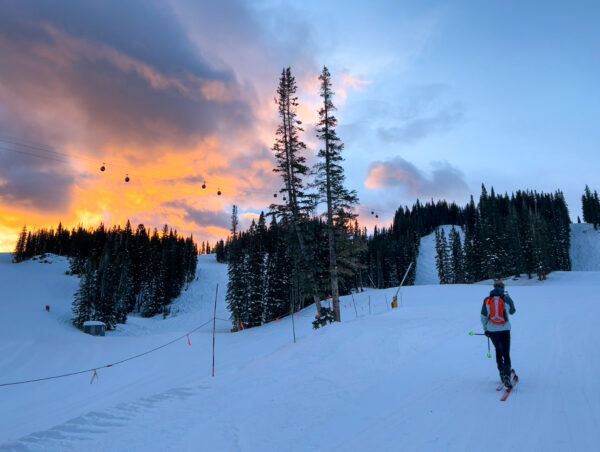
When you include the short days leading up to the solstice, that means we have about two full months with less than ten hours of daylight. For me, I like to think of the darkest days of the year as Nov. 21 – Jan. 21 with the Solstice marking the halfway point.
What might come as a surprise is that since Dec. 7 our afternoons have already been becoming longer. That should come as good news for those folks who like to hike Smuggler or skin Tiehack after work.
On the flip-side, even though our shortest day has come and gone, it will be a while before our mornings get any brighter. The sun actually continues to rise later each morning until Jan. 6. Hang in there morning uphillers, you have a few more weeks before you see the benefits of lengthening days.
But eventually, they’ll come. By early February it will be more apparent.
In the meantime, take a moment to revel in this dark period and toast the imminent return of the sun. Then, when June 21 arrives next year and you’re out enjoying the 15 hours of daylight, acknowledge how nice it is and think about why it feels so special. It probably has something to do with making it through the dark days of winter we’re in right now.

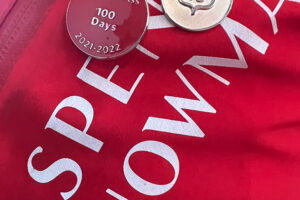
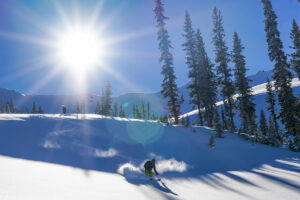
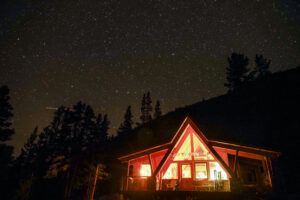
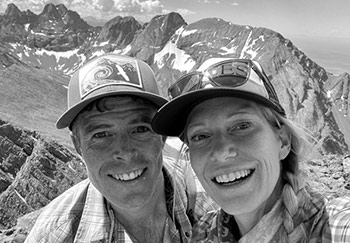






Leave a Reply